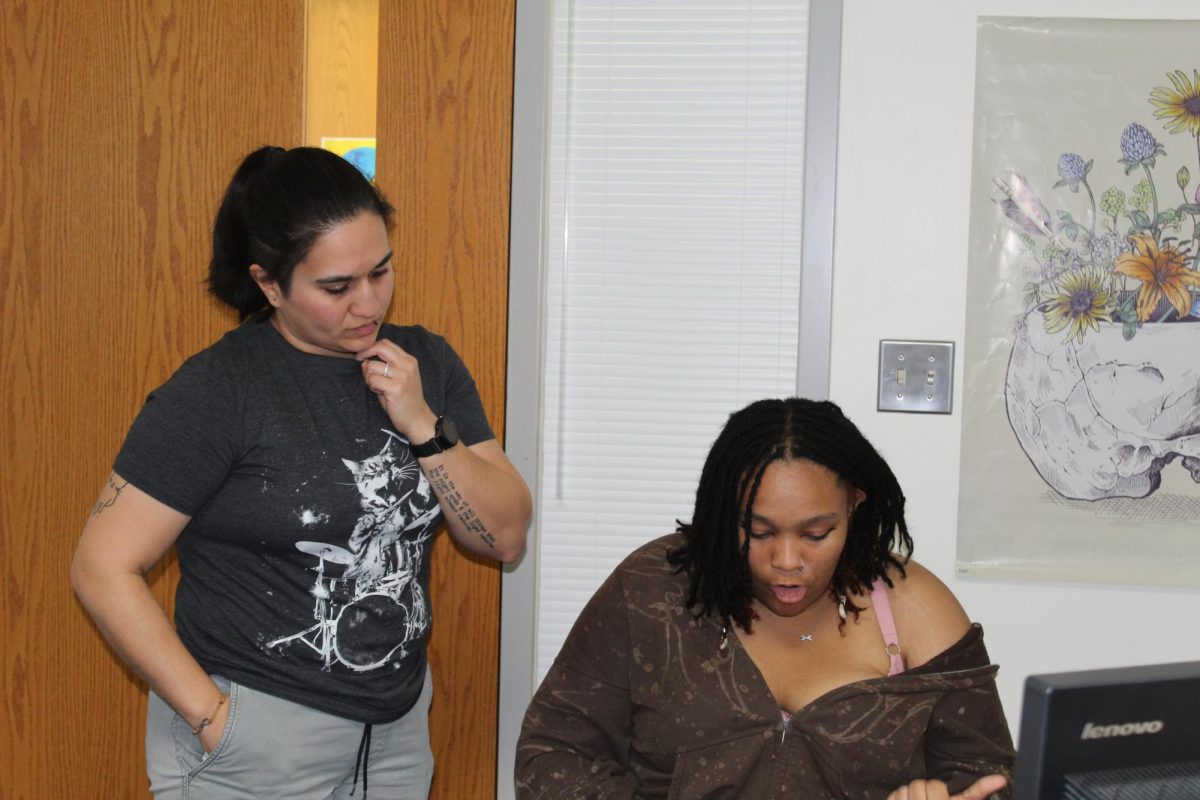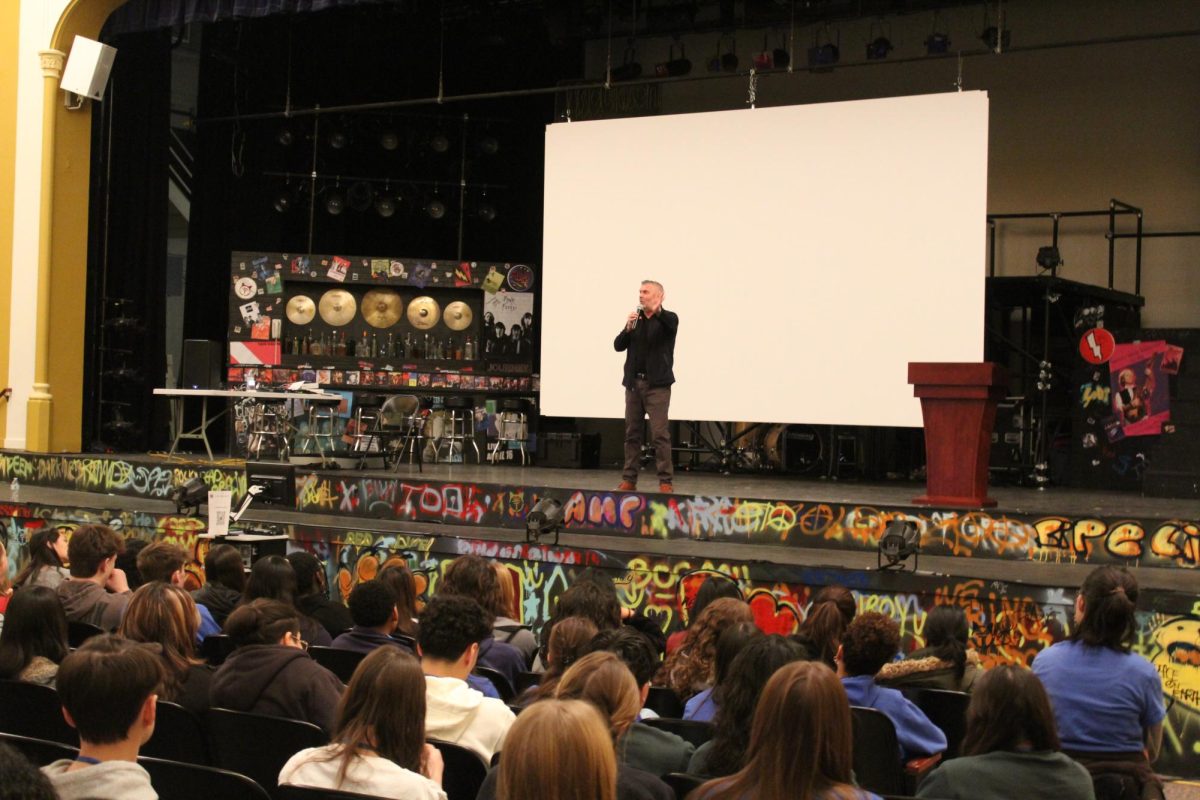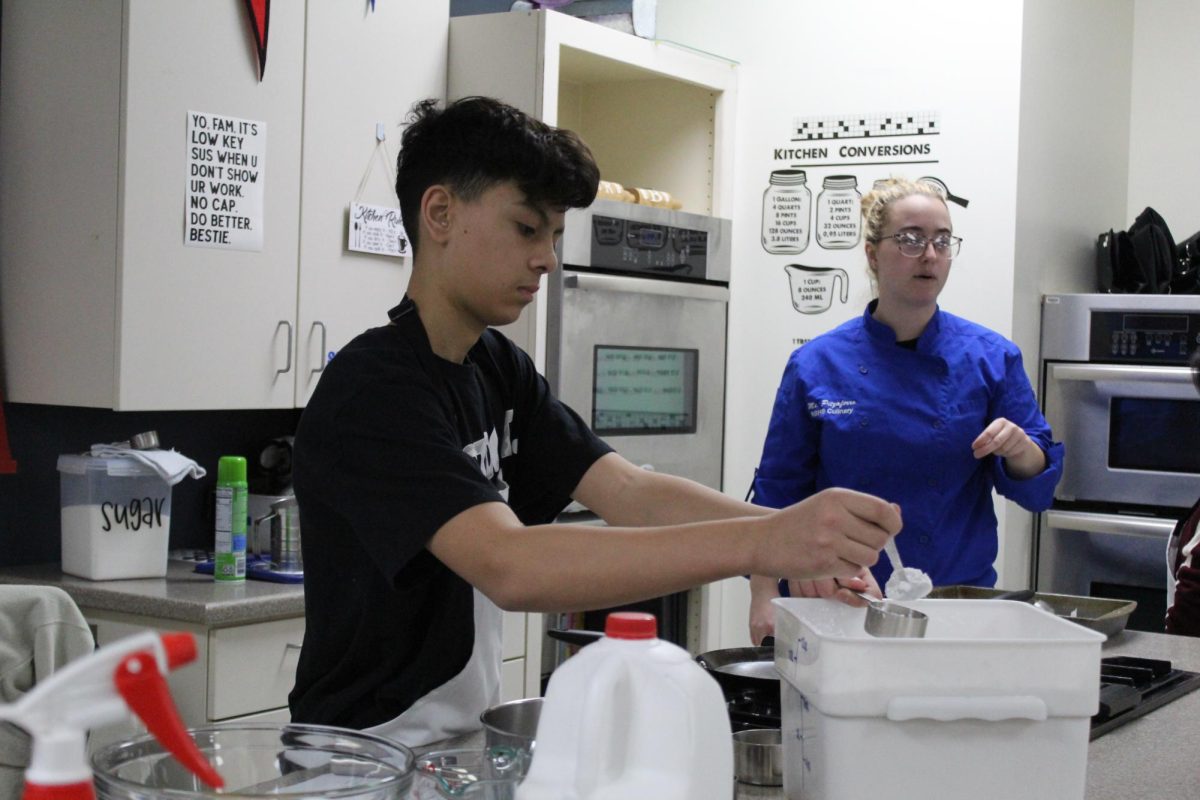State wide fitness tests are required in P.E. classes in high schools across the country, but last year, RB pioneered its own fitness standards.
RB standards are higher than the average state standards throughout the country. The standards are a combination of the Fitness Gram and the Presidential Fitness Test, made for high school level students. RB’s standards require students to surpass the 75th percentile of students from schools across the country. This means that scores on the tests are accumulated from the entire country, and in order for RB students to pass, they have to perform better than 75% of the people who took it.
The testing is split into six separate tests, which include, stretching, shuttle runs, push ups, sit ups, and a mile run. The fitness testing executed in early September determined that, on average, students passed 3 out of 6 tests. Only 11% of students succeeded in all of the tests. Out of the 918 students tested, 10% passed no tests, and 12% passed only one sixth of the tests.
Fitness testing occurs two more times at RB this yea: in January after Winter Break and in May before semester exams. The P.E. teachers are taking measures to prepare their students for it.
Wellness Department Chair Art Ostrow said the P.E. teachers were going to be putting “a lot more emphasis on fitness components in their classes” in the form of warm-ups and other various methods. If students were doing 20 pushups as warm-ups previously, now they will be doing anywhere from 50 to more.
With the new emphasis on fitness this year at RB, the warm-ups may go beyond what is required for students to pass testing. This ensures that, if the daily warm-ups can be completed, students can pass the tests.
Wellness teacher Valerie McIntyre supported this by saying that warm-ups play a large role in raising test scores. One new kind of warm-up students have been participating in is relay races.
“Students get into it and at the same time get a good workout,” said McIntyre. “The students have been working really hard, and the payoff will come when we see the results.”
Ostrow noted that rewards were given to students who had shown a great deal of achievement in fitness. If a student passes 6/6 tests, they are given a special fitness shirt or extra credit in P.E. class.
“We wanted a new incentive to push students,” Ostrow said. Ostrow said fitness is being focused on in many ways, apart from physical training, such as diet information. “As teachers, we have to at least give the students the knowledge to live a healthier lifestyle,” said Ostrow.
McIntyre said, “I don’t think enough emphasis was put on the importance of the tests, and next time it will be turned around.” McIntyre also said that she has seen a “major improvement in the student’s effort” since testing.
Ostrow added that “Everyone can improve, not just athletes.”
“The tests were disappointing to see, but now it’s given us a new focus to really be focusing on during class to help the students improve their scores next time we test,” McIntyre said.
When students undergo fitness testing in their P.E. classes again in January, there are high hopes from the Fitness teachers, as well as the students themselves. But for now, practice makes perfect





